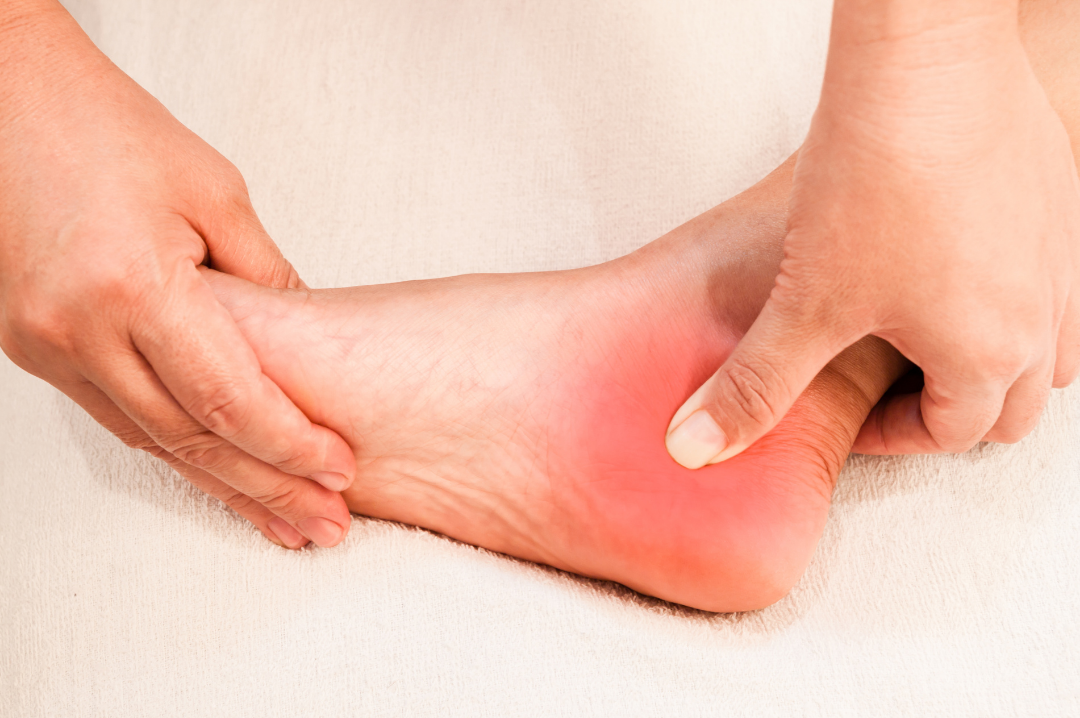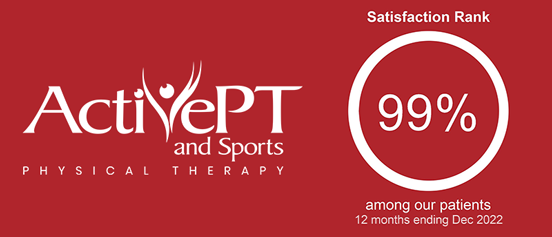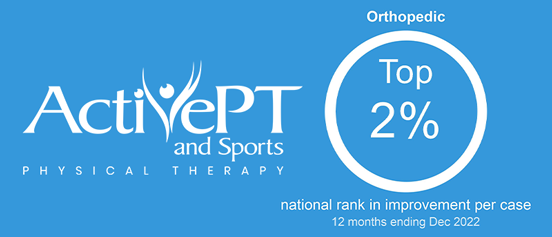Posterior tibialis tendon dysfunction (PTTD) is a diagnosis that refers to pain and problems with the tendon that crosses the inside of the ankle. This tendon is responsible for turning your foot inward and helps support your arch during walking or running. Having flat feet does not necessarily mean that you have PTTD. However, if you have flat feet and experience pain on the inside of the ankle or arch, your doctor may diagnose your pain as PTTD. In some cases, pain can refer to the bottom of the arch, but pain is most commonly located on the inner side of the foot. If your pain is located at the back of the heel, you may be suffering from Achilles tendon pain instead. Check out this blog for more information on Achilles pain.
WHAT CAUSES THIS PAIN?
The most common cause of PTTD is degeneration or overuse to the tendon with repetitive movements. These movements cause your arch to gradually flatten over time (an acquired deformity). In the clinic, we often find that patients with an acquired deformity have weakness or poor control of their hip muscles. During walking, poor hip control can cause your knee to rotate inward and your arch to flatten when walking. Obesity can contribute to the problem as well. The added weight puts more stress through your tendon as you take each step. Another cause is long-term use of corticosteroids, like Prednisone, which can cause the tendon to become weaker and allow your arch to gradually fall. Last, if you were born with a severe flat-foot deformity, you likely have no control over your arch structure. More support, like orthotics, may help to reduce your pain.
CAN SHOES OR ORTHOTICS HELP MY PTTD PAIN?
The research regarding shoe wear and PTTD is conflicting. However, in mild cases, shoes may still help reduce your pain. If you have flat feet, a shoe with a medial post or pronation control is the most likely type of shoe to reduce your pain. We recommend purchasing shoes from a reputable walking or running shoe store with knowledgeable staff, like TerraLoco in Rochester, Minnesota. Stability, or pronation control shoes have a higher density foam under the arch to reduce how much and how fast your foot rolls inward as you walk. If you are unsure of exactly which shoe may help the most, consider a free 15-minute shoe screening appointment to learn the best fit for your foot.
Another option to support your arch is wearing orthotics. Shoe inserts, or orthotics, can be purchased over the counter or can also be custom-made. One benefit of orthotics is that they can be moved from shoe to shoe. Typically for flat feet, a firm or more rigid orthotic will be recommended to reduce your pain. Those with flat feet often struggle to find comfortable arch support. Custom orthotics can often last for over 10 years and are a good long-term solution if they help your pain.
WHAT ELSE CAN BE DONE FOR PTTD?
First and foremost, try to catch the problem early! The best way to avoid PTTD symptoms is to avoid overstressing the tendon early. Strengthen the hip and foot muscles to better support your arch as you stand and walk. Physical therapy can help you learn how to improve the control of your muscles and provide hands-on techniques to decrease pain. Watch our swipe videos for some simple exercises to try at home.
Next, early symptoms of PTTD often respond to ice. Apply ice for less than 10 minutes with a thin cloth between the ice pack and your ankle. If you have diabetes or impaired sensation, talk to a medical professional before applying ice to your foot. Other simple strategies are to avoid walking barefoot and stay in supportive shoes at all times. In more severe or longer-lasting cases with an acquired deformity, shoes may not be the best solution. Your arch or ankle may need more support. A very supportive, lace-up brace that is rigid on the inside and outside of the ankle may be recommended. A walking boot may be prescribed for 6-8 weeks if the pain does not reduce with a simple brace.
When orthotics, shoes, braces, and boots fail, surgery may be an option. If you were born with an extremely flat foot and have developed pain over time, surgery may be recommended. Surgery should never be taken lightly and is typically only recommended once you have exhausted all other options. If surgery is not recommended in your case, a gauntlet brace may be used as a long-term solution for more severe PTTD. This type of brace has to be worn at all times when you are walking to help with your pain.
WHEN TO GET HELP
Because pain from PTTD can become very persistent over time, seeking help in the early stages is wise. Learning the best type of foot support and exercises for your foot type is important. If you have flat feet and are unsure if shoes, orthotics, or braces may help your foot pain, meet with a physical therapist that specializes in foot and ankle pain. The therapist can help provide recommendations to set you up for future success. If your PTTD is more severe, our specialists can provide you with resources to help make your foot pain as comfortable as possible. Schedule a free 15-minute screening appointment to get your questions answered today.




